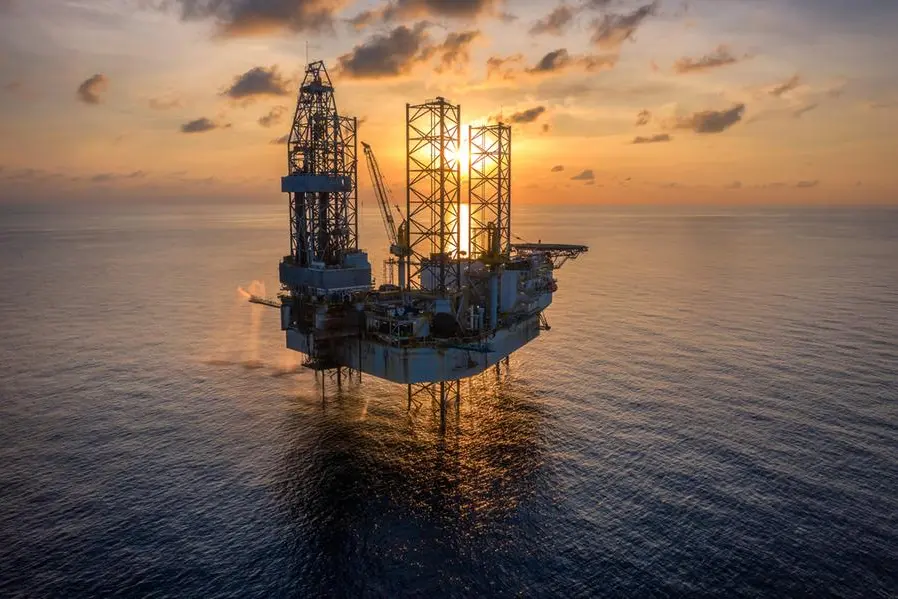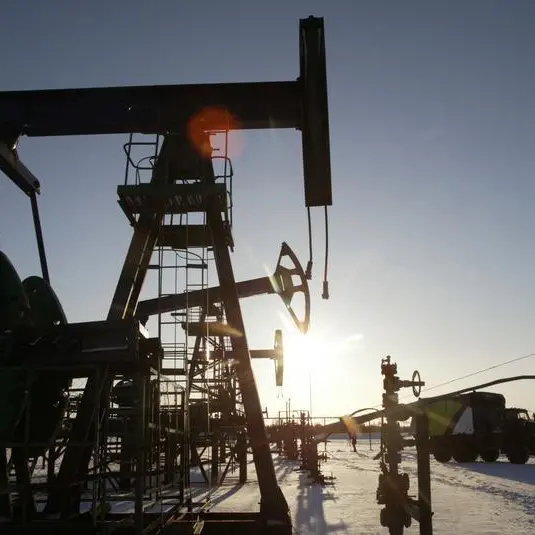PHOTO
Amid forecasts that oil prices would continue to sustain rally beyond $100 a barrel on the back of a deepening supply crunch, market strategists warn of an inevitable demand destruction while pondering how high could crude go before rising energy prices actually affect demand.
Last week, Goldman Sachs lifted its oil price target to $100 again, citing lower Opec output combined with higher demand, which together, more than offset significantly higher US.supply.
Oil prices rose on Friday as concerns that a Russian ban on fuel exports could tighten global supply outweighed fears that further US interest rate hikes could dent demand..
On Friday, Brent crude for November delivery fell 3 cents to $93.27 a barrel. Benchmark US crude oil for November delivery rose 40 cents to $90.03 a barrel. Last week, the average price of WTI was above $92 per barrel, while Brent crude futures hovered over $95 per barrel.
Analysts said energy transition efforts, including decreased investment in hydrocarbon production, have contributed to rising oil prices and increased reliance on fossil fuels in backup scenarios. Even with higher gas prices, EV purchases have slowed down instead of rising. In Europe, the deindustrialisation of Germany is no longer news, the car industry is bracing for a Chinese EV rush, and Brussels is trying to build an energy transition supply chain from scratch.
"I think you need to see crude oil prices at $100 to $110 per barrel with gasoline prices rising to $4.00 to $4.25 per gallon to have the consumer change their driving habits resulting in demand destruction," Andy Lipow, president of Lipow Oil Associates, was quoted as saying by Yahoo Finance. "We do believe that there will be substantial demand destruction at WTI prices above $95 per barrel, which will drive the commodity back into our fair value range."
Energy prices have steadily increased since late June. Crude output cuts imposed by some of the world's largest oil producers in Opec+ and unilateral reductions from Saudi Arabia have helped send crude futures up about 30 per cent over the past three months, analysts said.
Christyan Malek, JPMorgan’s head of Europe, Middle East and Africa (Emea) energy equity research, warned in a new research report that markets that the ongoing Brent price surge could continue upwards to $150 per barrel by 2026.
JPMorgan sees the global supply and demand imbalance at 1.1 million bpd in 2025, but growing to a 7.1 million bpd deficit in 2030 as robust demand continues to butt up against limited supply.
Citi's global head of commodities research Ed Morse said oil could reach $100 per barrel and stay there for a short while. However, he predicted a pullback as increased supply from places like the US, Canada, Brazil, Iran, and Venezuela makes its way into the market while Saudi Arabia “may yet reverse cuts if markets get too tight."
Jay Hatfield, CEO at Infrastructure Capital Management, also believes that WTI crude could trade above $100 "before supply and demand factors overwhelm momentum".
Energy experts said several catalysts went into the price warning above $100, including capacity shocks, an energy super-cycle, and efforts to push the world further away from fossil fuels. Most recently, crude oil prices have surged on the back of Opec+ production cuts, mostly led by Saudi Arabia who almost single-handedly took 1.0 million bpd out of the market, followed by a fuel export ban from Russia. Increased crude demand paired up with the supply restrictions, boosting crude oil prices and contributing to rising consumer prices, they said.
Copyright © 2022 Khaleej Times. All Rights Reserved. Provided by SyndiGate Media Inc. (Syndigate.info).





















